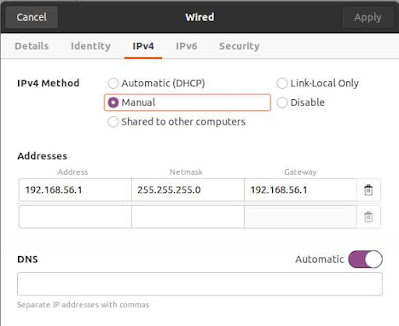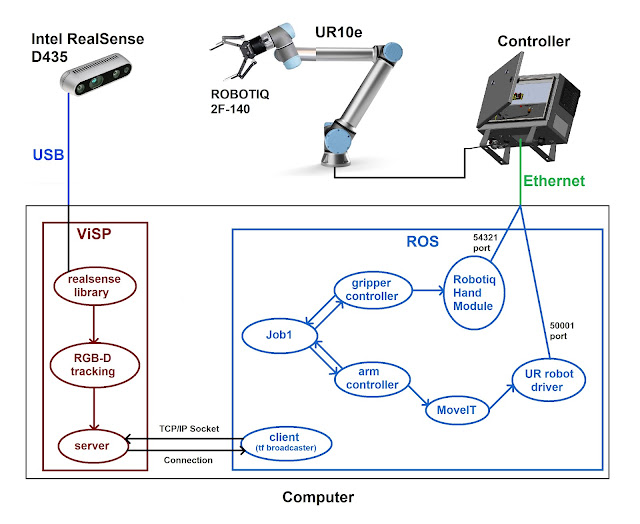Complete Classification Results
For a proper test of the trained neural network, we splitted our samples by users (instead of using the 0.7 / 0.3 approach).
Training data:
User 0 = 498 samples
User 1 = 510 samples
User 2 = 504 samples
User 3 = 524 samples
Total of 2035 samples (1425 for training + 610 for validation)
Test data:
User 4 = 261 samples
User 5 = 261 samples
Total of 522 samples
This way, we can ensure that all test samples were collected at a different time (with new force/torque sensor calibration) and by different users than the training samples.
Learning Curves
Epoch 264/300
loss: 0.3699 - accuracy: 0.9846
val_loss: 0.4017 - val_accuracy: 0.9705
Using 1425 samples for training and 610 for validation
Confusion Matrices
Total test samples: 522
Correctly predicted: 507
Outputs Confidence Analysis
Legend:
- Max confidence reached (green line)
- Mean of every confidences (bold value)
- Standard deviation (right below mean)
- Min confidence reached (red line)
Accuracy Analysis per test User
User 4
Confusion Matrices
Total test samples: 261
Correctly predicted: 248
Outputs Confidence Analysis
Legend:
- Max confidence reached (green line)
- Mean of every confidences (bold value)
- Standard deviation (right below mean)
- Min confidence reached (red line)
User 5
Confusion Matrices
Total test samples: 261
Correctly predicted: 259
Outputs Confidence Analysis
Legend:
- Max confidence reached (green line)
- Mean of every confidences (bold value)
- Standard deviation (right below mean)
- Min confidence reached (red line)


Comments
Post a Comment